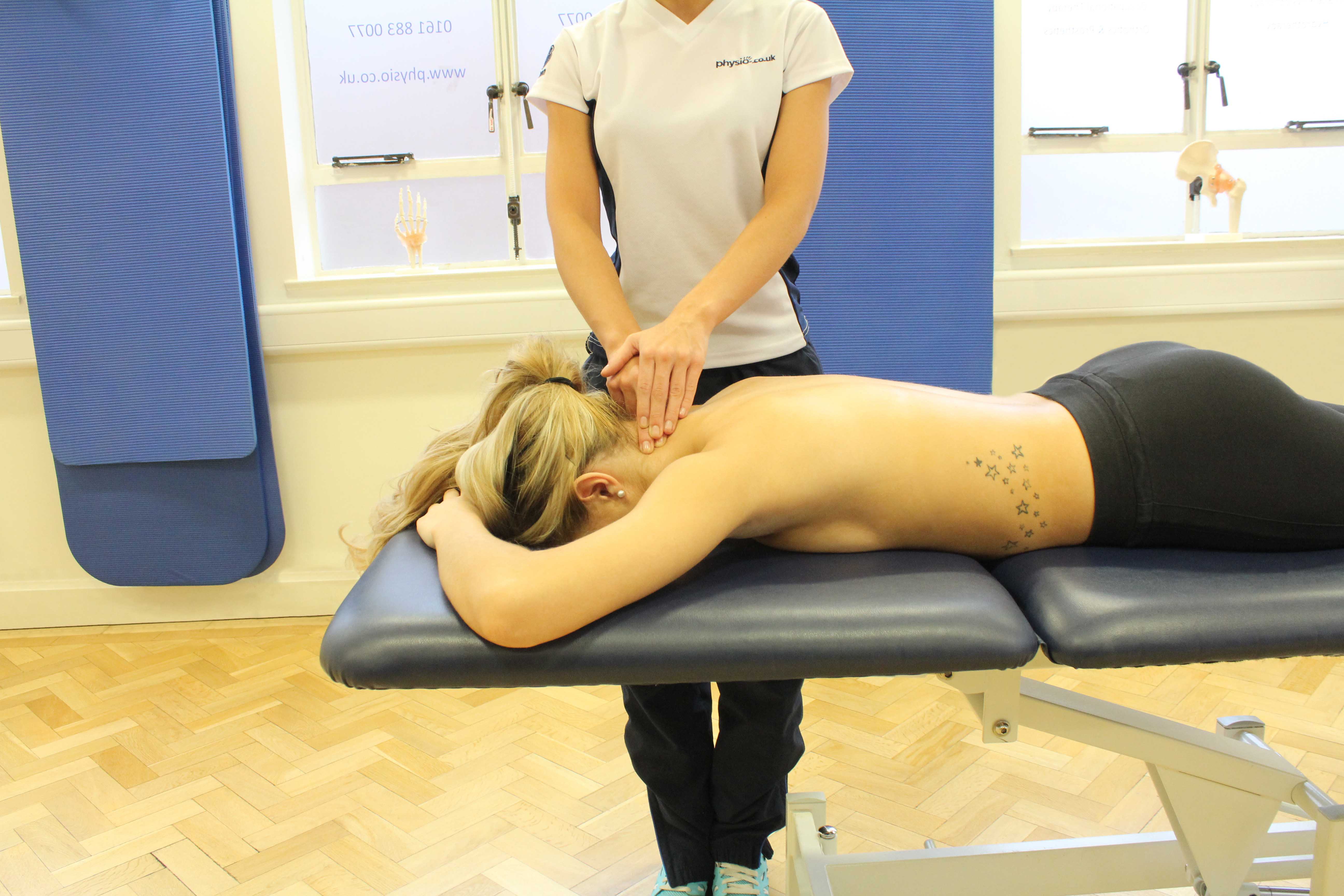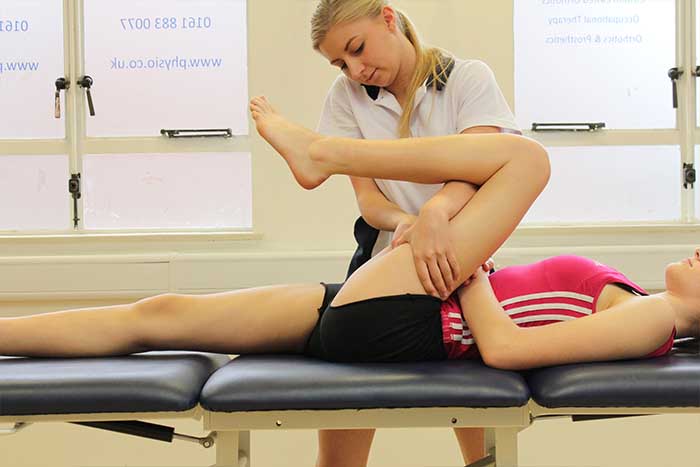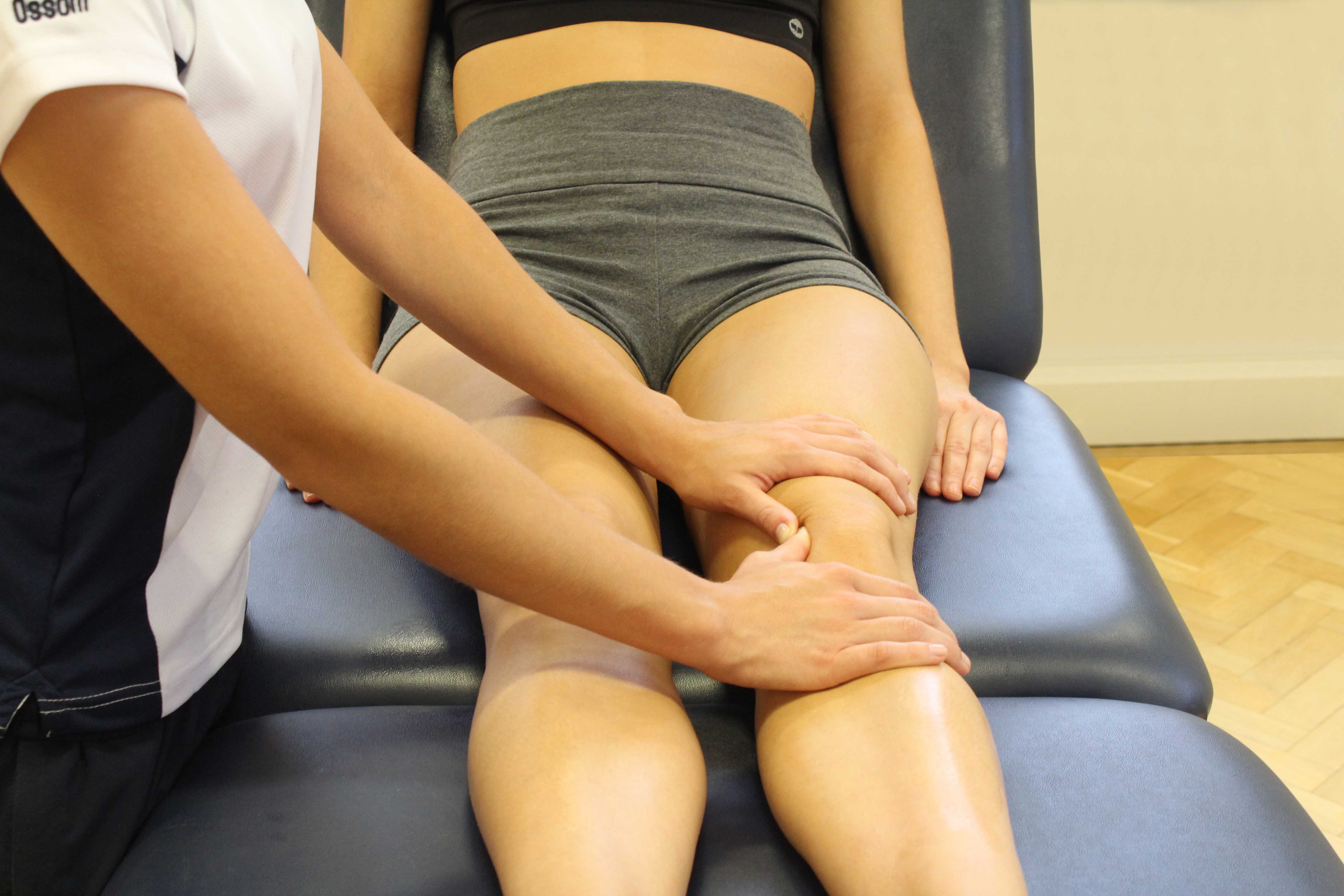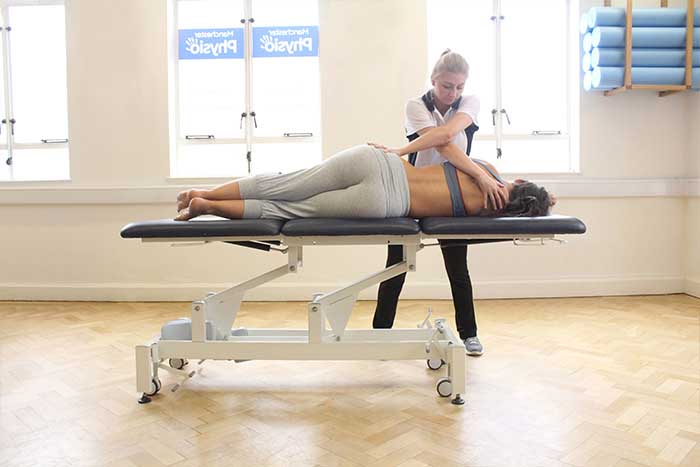Mobilisations in massage therapy can be used to treat both joints and soft tissues. Joint mobilisations is when a bone or vertebrae is moved to relieve painful tension, stiffness, pain and improve range of movement. Joint mobilisations are performed with various pressures and are graded one to five. The pressure used with joint mobilisations is dependent on desired outcomes. Soft tissue mobilisations are a specific treatment that is used to loosen tightness and reduce pain in the body through manual manipulation. Soft tissues refer to muscles, ligaments, tendons and connective tissue known as fascia. Soft tissue mobilisations can be applied in varied amounts of pressure through different stroke patterns directly against soft tissues. Mobilisations can increase range of movement and strength within a muscle. Massage therapists at physio.uk commonly use joint and soft tissue mobilisations to treat a range of conditions.
When are mobilisations used?
Mobilisations can be used to help on both joints and soft tissues. The occasions when joint and soft tissue mobilisations are used include
 Above: Mobilisations performed on the cervical spine
Above: Mobilisations performed on the cervical spineSoft tissue mobilisations are used to treat tight muscles. Tight muscles can occur for many reasons. Muscles can tighten due to soft tissue damage, increased tone and muscle contractions. The causes of muscles to go tight can range from overuse to emotional stress. Mobilisations can target tight areas of soft tissues and help to loosen them. Soft tissue mobilisations apply pressure onto the tight muscles and stretch and elongate the muscle fibres. Friction of the mobilisation technique also causes an increase of blood flow to the muscle and temperature to increase. When temperature increases, the muscle fibres relax and loosen allowing more movement.
Soft tissue and joint mobilisations can both be used as massage therapy techniques to help post injury. After injury, soft tissues and joints can be left tight and restricted. When an injury has occurred in the soft tissues, adhesion and scar tissue is formed as part of the healing process. Adhesion and scar tissue is hard and rigid in texture and can limit movement. Soft tissue mobilisations can help loosen restrictive tissues around an affected area. Mobilisations will help realign muscle fibres back into normal form and increase range of movement. Mobilisations performed onto the joint can help clear tension and relieve pain. Both techniques together can contribute to the recovery process of injuries.
Joint and soft tissue mobilisations can both be used to treat pain. Pain can occur in muscles due to an increase of tension and tightness. Soft tissue mobilisation manipulates tissues so that blood circulation is increased to an area. Increased blood circulation allows muscles to relax and muscle fibres to be loosened. Joints commonly become stiff causing pain. A joint mobilisation technique can help reduce stiffness by creating more movement in a joint.
Mobilisations can help treat joint stiffness. Joint stiffness is a common symptom to occur within many joints in the body. When joints become stiff, movement is limited causing an increase of pain. Joint mobilisations begin to move joints so that they are loosened and movement is restored.

What are the physiological effects of mobilisations?
Massage can produce many important physiological effects on the body. The physiological effects of mobilisations include:
 Above: mobilisations applied to patella
Above: mobilisations applied to patellaMobilisations increase temperature in the soft tissues and can stimulate a relaxation response. A relaxation response in the body produces inhibitory messages from the nervous system. Inhibitory messages produce an opposite effect from excitatory messages. Inhibitory messages send relaxing messages to the muscles that decrease tone. Increasing temperature of the muscles is important to loosen and stretch the tissues effectively.
Mobilisations also increase tissue elasticity. Mobilisations can be performed along the direction of muscle fibres or transversely across to help increase elasticity. Tissue elasticity in the muscles is important for muscle flexibility and range of movement around a joint.
Soft tissue mobilisations help break down and realign collagen fibres in the muscles. Collagen fibres can be produced from waste products and acid which builds up in the body. Collagen fibres can create bundles of knots that sit within muscles. Knots can restrict muscle flexibility and cause pain when compressed against nerves. Mobilisations can be used to highlight tight knots and help break them down. By breaking collagen fibres down, they can be realigned back into normal form.

What are the benefits of mobilisations?
Mobilisations have many benefits. The benefits of joint and soft tissue mobilisations include:
Mobilisations are beneficial to increasing flexibility. Soft tissue mobilisations are applied with pressure onto the muscle. Mobilisations help increase the temperature and relaxation of the muscles. Mobilisation can help stretch and elongate the muscle fibres that increase flexibility. Flexibility is important to prevent injuries form occurring and maintaining movements around a joint.
Mobilisations are also effective to relief tight muscles. Tight muscles can lead to strains and pulls that can immobilise a joint. Mobilisations help tight muscles by increasing the temperature, increasing circulation and increasing tissue elasticity. Relieving tight muscles can help prevent injuries and enhance athletic performance.
Joint mobilisations are effective to treat stiffness and increase range of movement within a joint. Stiff joints can occur for a number of reasons. When joint stiffen, movement is restricted and can lead to chronic pain. Joint mobilisations begin to move bones so that tension is relieved and movement is increased.
Common body parts treated by mobilisations
There are many common body parts and joints that can be treated with mobilisations. Common body parts treated by mobilisations are:
Joint and soft tissue mobilisations can also be performed on other areas of the body and be effective to reduce pain and tension.
Summary
Mobilisations can be both performed on to soft tissue and joints. Soft tissue mobilisations are a manual manipulation of the soft tissues. Soft tissues are muscles, ligaments, tendons and connective tissue. Mobilisations are applied directly to the soft tissues to help relieve tightness. Joint mobilisations are performed by applying pressure onto joints such as the shoulder and vertebrae. Joint mobilisations are effective to reduce pain, stiffness and tension. Both joint and soft tissue mobilisations can be performed on many body parts. The most common body parts for soft tissue mobilisations are arm, shoulder, upper back, lower back, thigh and calf. Massage therapists at Physio.co.uk can use mobilisations as an effective massage technique to treat a range of conditions.
How can I arrange a mobilisation massage treatment?
The easiest way to arrange a mobilisation massage treatment at Physio.co.uk is to email us at office@physio.co.uk or call us on 0800 033 7800.
Alternatively if you have any questions please feel free to contact us.
We offer a 7 day service and provide home and clinic appointments.

 0330 088 7800
0330 088 7800


































